- Home
- Print on-demand-pod
Best Print on Demand (POD) Apps
What is Print on Demand (POD) software?
Appjunction currently boasts 34 tools within the Print on Demand (POD) category as of April 2025. Among these, some standout options renowned for their robust features and excellent value for money includes includes Spocket ,
Printful , and Zendrop . These software solutions offer comprehensive functionalities tailored to meet various Print on Demand (POD) needs, making them top choices for businesses seeking efficient and effective marketing solutions.
Print on Demand (POD) software revolutionizes the way products are manufactured and distributed. It allows users to create custom-designed items like t-shirts, mugs, or books, which are then produced only when ordered. This eliminates the need for large inventories and minimizes waste. POD software typically includes design tools for customization, an online storefront for selling, and automated production and shipping processes.
At its core, POD software empowers individuals and businesses to bring their ideas to life without the overhead costs associated with traditional manufacturing. Users can upload their designs, set prices, and offer their products for sale on various online platforms. Once a customer places an order, the software handles the printing, packaging, and shipping, leaving the seller free to focus on creativity and marketing.
Furthermore, POD software offers scalability, allowing sellers to expand their product lines and reach new markets without the logistical challenges of traditional manufacturing. With its user-friendly interface and low barrier to entry, POD software democratizes the production process, enabling anyone with a creative spark to become an entrepreneur in the booming world of e-commerce.
15 Listings in Print on Demand (POD) Available

Spocket
0
(5,143)
Spocket connects ecommerce stores with fast-shipping dropshipping suppliers from around the globe, ensuring a vast selection of products.
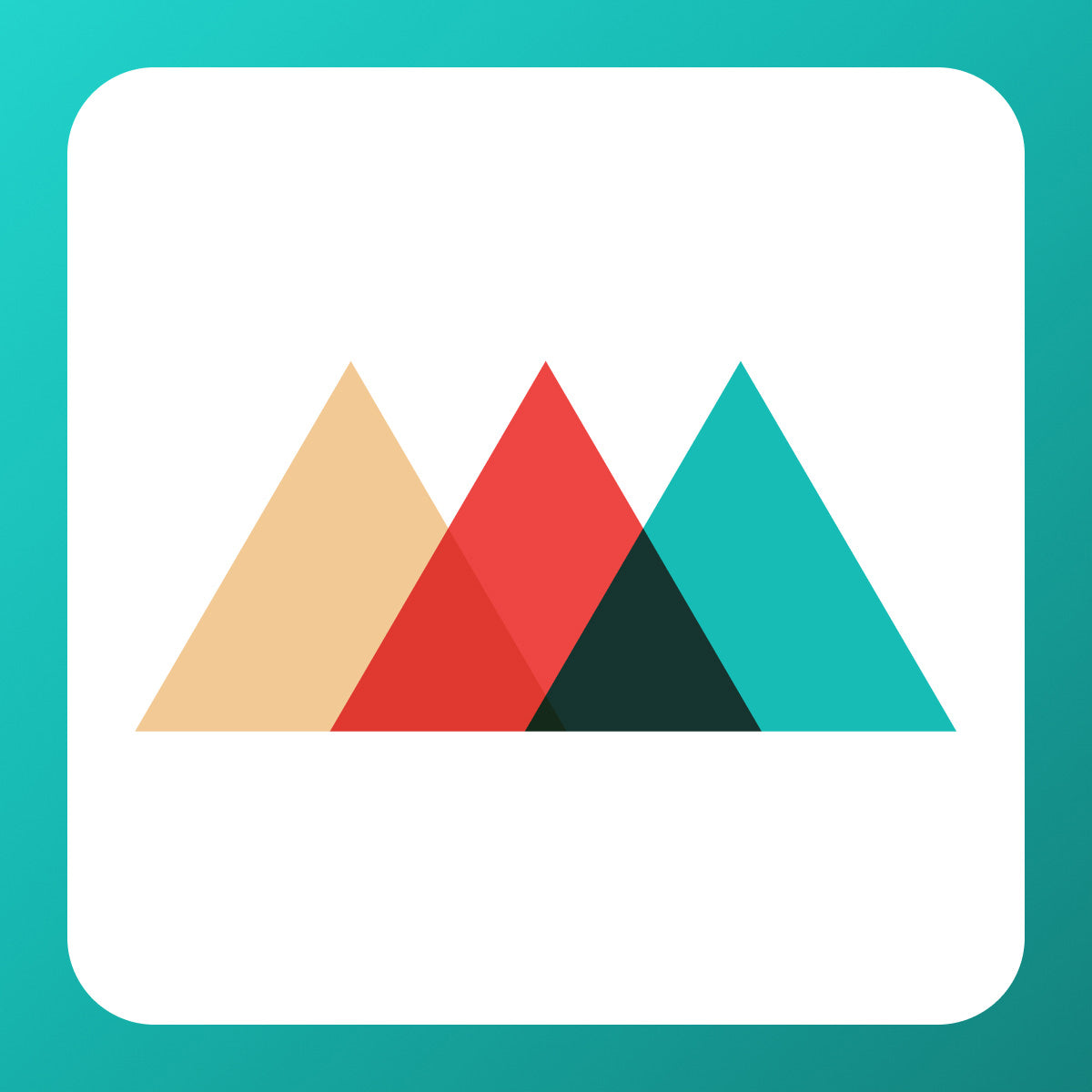
Printful
0
(5,635)
Printful provides a platform to create and sell custom products via print-on-demand dropshipping, offering a seamless integration for ecommerce businesses.
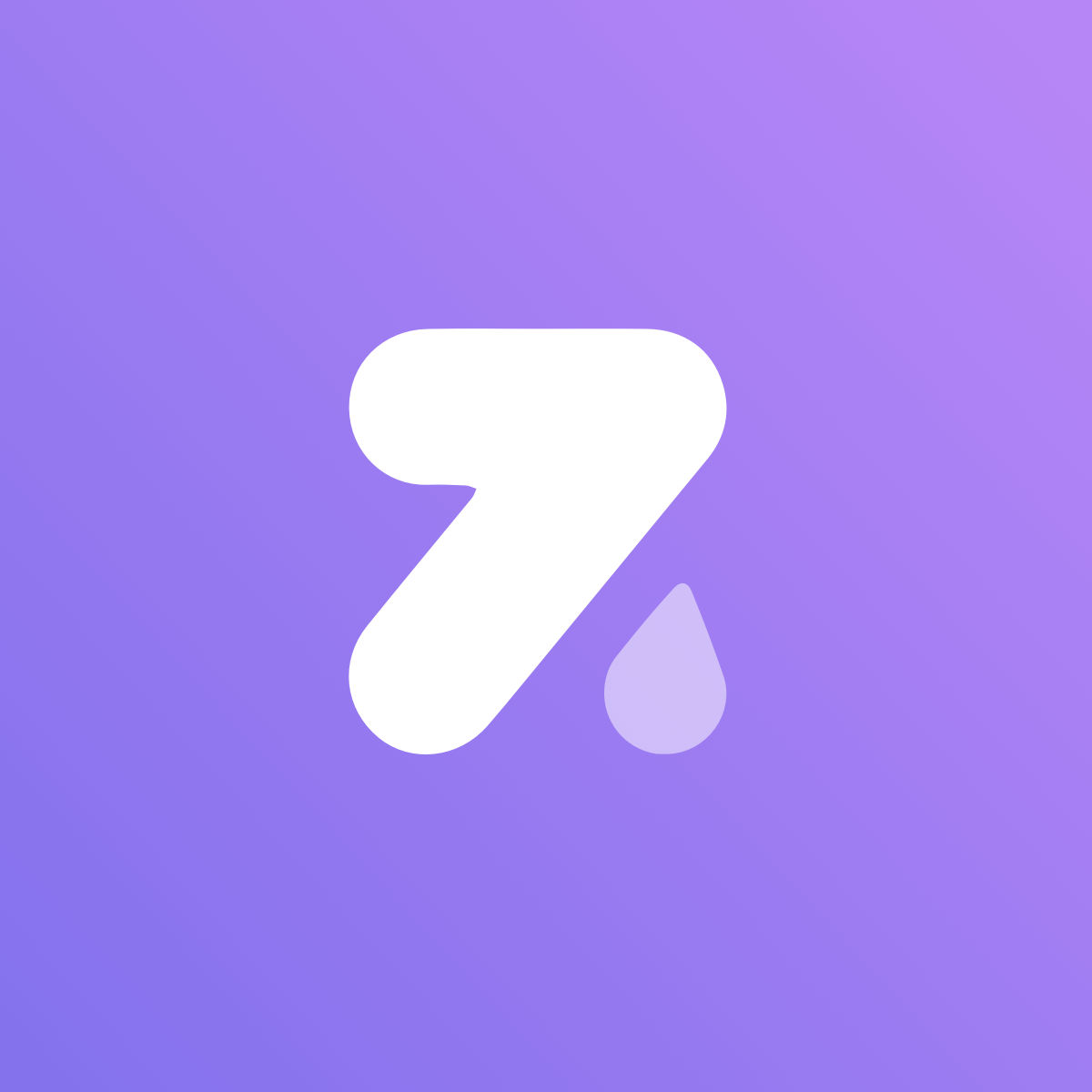
Zendrop
0
(7,977)
Zendrop is a comprehensive dropshipping platform with access to over 1 million products, auto-fulfillment, fast shipping, and top-tier support, designed to help build large dropshipping businesses.

Printify
0
(4,376)
Printify is a platform that enables you to create and sell custom products worldwide, managing the printing, packing, and shipping processes on your behalf.

Gelato
0
(516)
Gelato enables you to create and sell custom print-on-demand products with global fulfillment options.
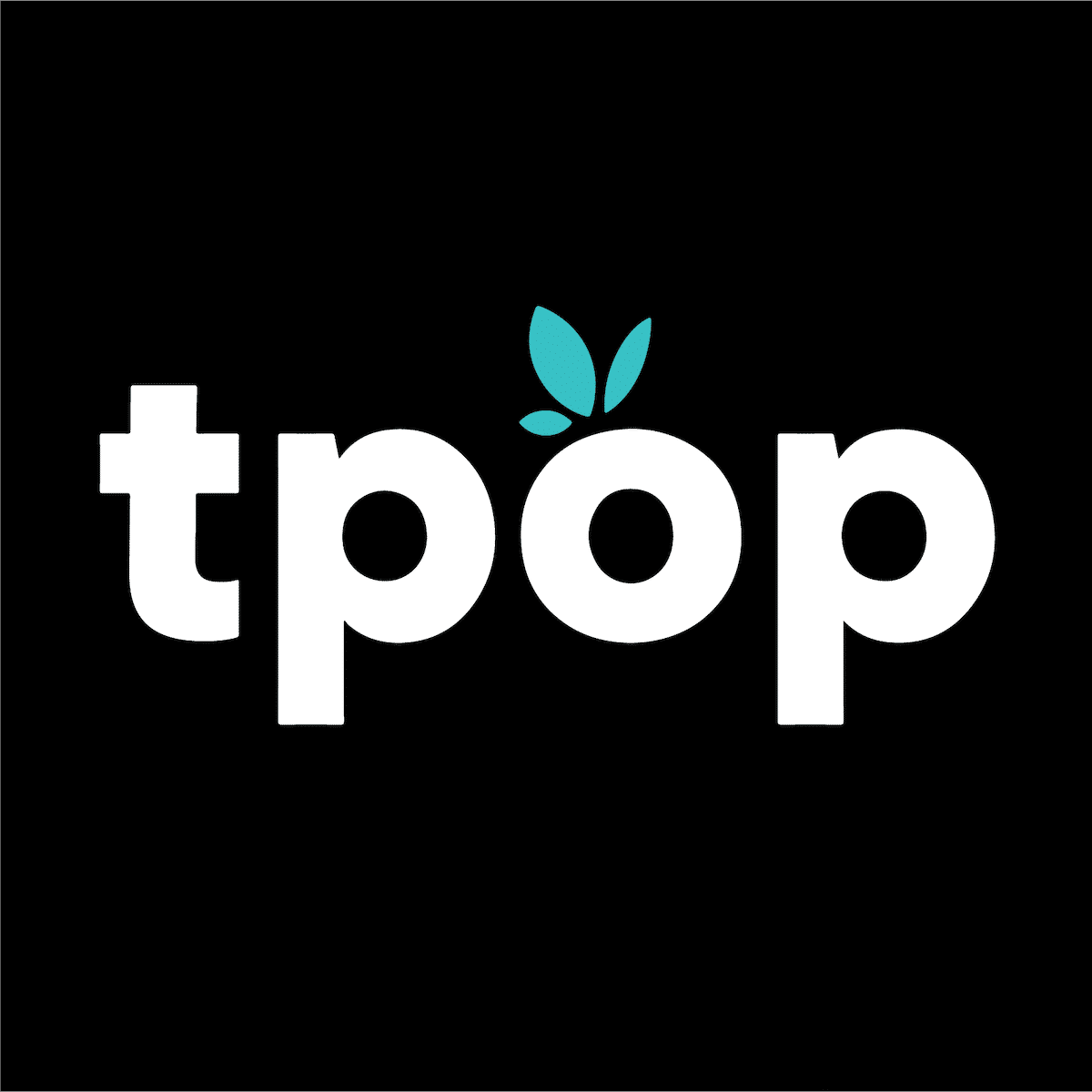
TPOP
0
(241)
TPOP offers eco-friendly print-on-demand services, allowing you to participate in e-commerce while promoting environmental respect with customizable products and packaging.
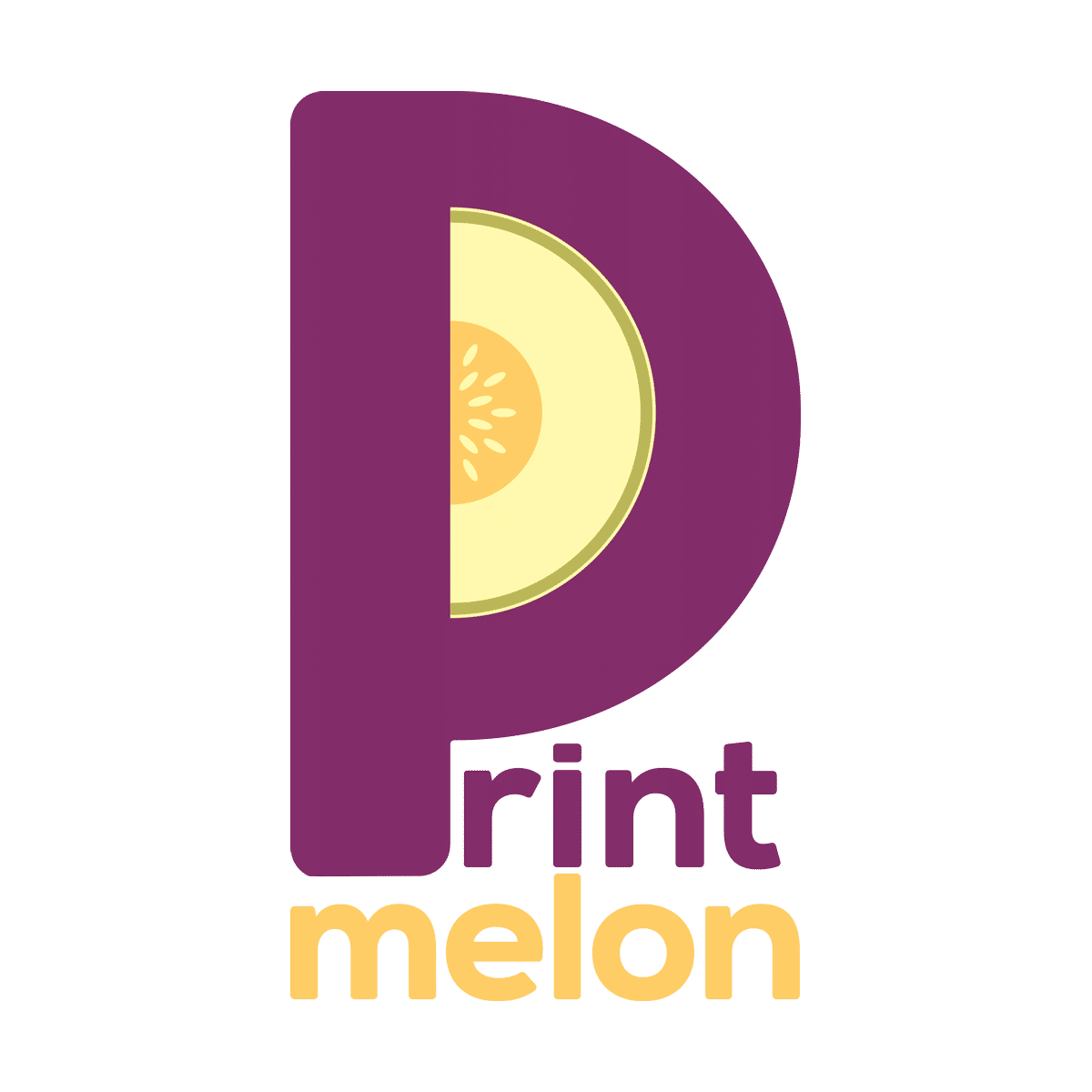
Print Melon
0
(112)
Print Melon provides a print-on-demand service focusing on exceptional product availability and quality, supporting your creative endeavors with global fulfillment.
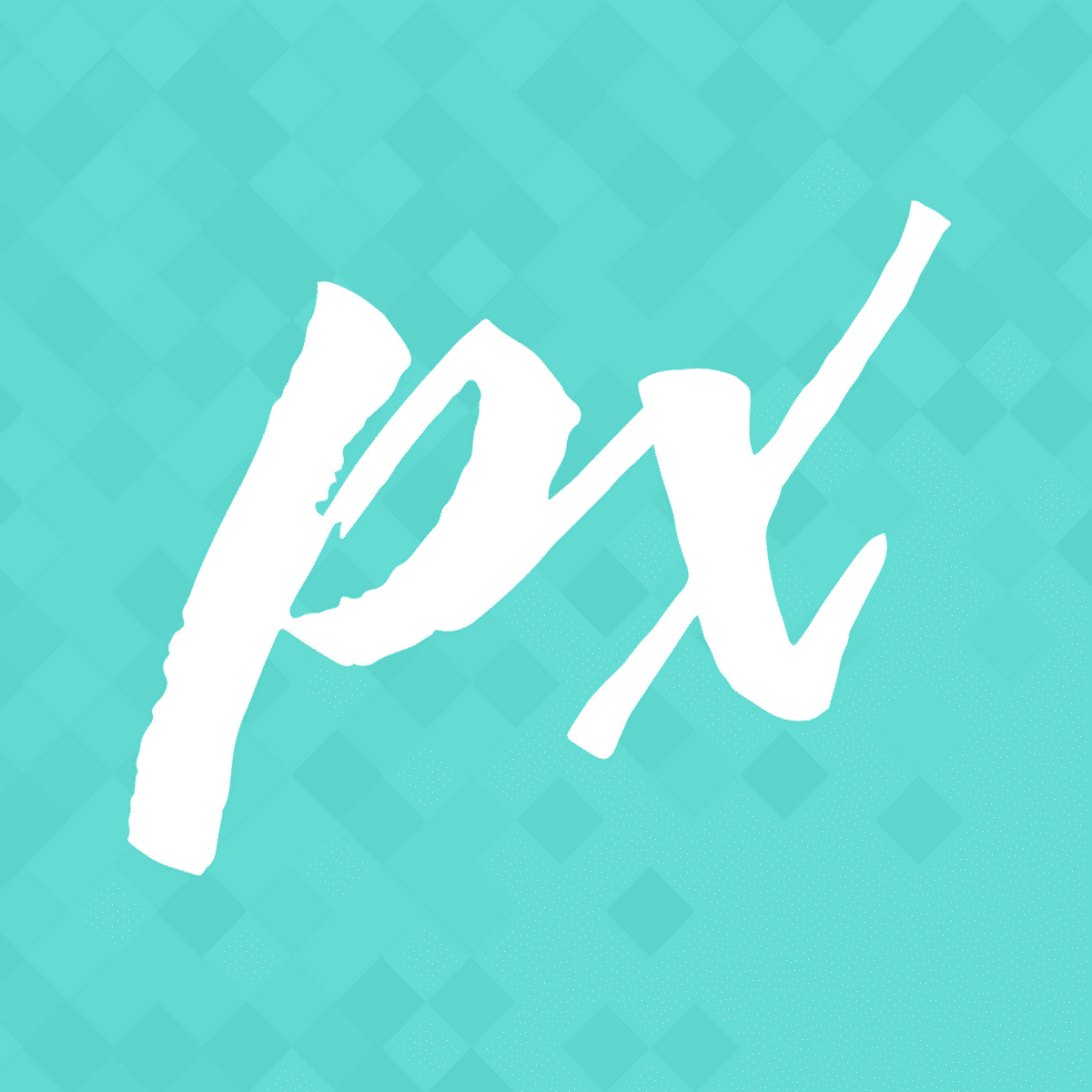
Pixels
0
(97)
Pixels enables you to sell hundreds of print-on-demand products, including wall art, t-shirts, and phone cases, broadening your product range with customizable options.
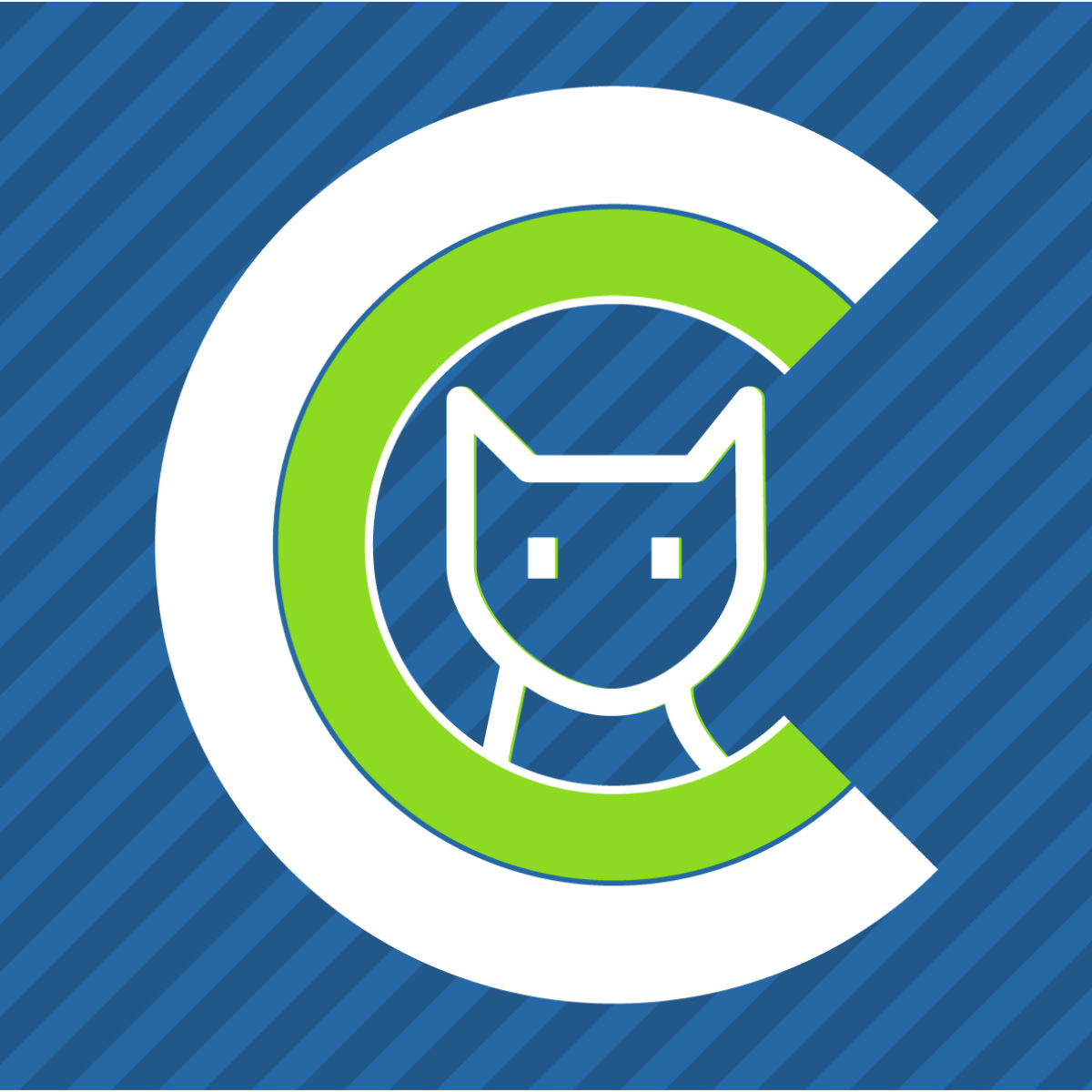
CustomCat
0
(556)
CustomCat simplifies the creation and sale of high-quality custom print-on-demand products, offering fast production and shipping to meet your business needs efficiently.

Yoycol
0
(117)
Yoycol simplifies the design and sale process, assuring sellers with an easy-to-use platform for a wide range of customizable products, catering to diverse e-commerce needs.
Overall Rating
4.7Ratings Breakdown
5
(4200)
4
(544)
3
(98)
2
(39)
1
(269)
User Reviews
Shop For Your Charity
July 3, 2024
This app was a bit glitchy at first, but Omnisend's team was great about getting things fixed for me. So far, so good - I'm going to keep using it and see what they come up with next. My main feedback would be they really need to step up their email template game! They call themselves the marketing automation tool for omnichannel retailers, and retail is al
Summer Indigo
July 3, 2024
I am beyond furious! I painstakingly added all my contacts to this app a few years ago when I first connected it to my Shopify store. It was a ton of work! I haven't used it much since then because my business was mostly in-person, but I could still log in and poke around just recently. Imagine my shock when I tried to log in yesterday to set up a campaign,
2020shopdirect.com
July 3, 2024
Okay, so I really like this app! It's great. But, there's something that's been bugging me. It's a big deal, at least for us. It's about how you subscribe and unsubscribe people. We always use double opt-in, which you totally should, but the problem is you can't really customize the emails and landing pages. You can change the words, but that's it. No logo,
RunSociety
July 3, 2024
It's a breeze to use, but I wish the WYSIWYG editor had some cooler features and more customization options. It feels a bit limited.
unisonmen.de
July 3, 2024
Please provide me with the review text you want me to rephrase. I need the actual content of the review to help you! 😊
TopCPAPCleaner
July 3, 2024
This app was great, but it's gotten so pricey I might have to jump ship. My wallet can't keep up! Thinking about switching to something cheaper.
JacnoBijoux
June 2, 2024
Bon, j'ai essayé d'envoyer un mail test après avoir tout configuré en français. Le mail est arrivé dans les spams, et en plus, il était à moitié en anglais ! C'est vraiment dommage parce que l'appli est super facile à utiliser.
Retro Chip
June 2, 2024
It would be awesome if the app could pull in user names when sending emails. Also, can you add the ability to choose between different email addresses? I have several for my business. Thanks a bunch!
Akiba Fragrance & Wellness Studio
June 2, 2024
New to Omnisend, but gotta say, their customer support is really on point! Big shoutout to Baraath for being super helpful and quick to answer my questions about formatting and testing an email campaign.
esrajeans
June 2, 2024
Man, der Support von Omnisend geht mir so auf die Nerven! Ewig lange Wartezeiten, bis endlich mal jemand antwortet, und dann kommt da so ein Wischi-Waschi zurück, mit dem ich echt nichts anfangen kann. Bei den Preisen, die Omnisend aufruft, könnte man echt mehr erwarten. Total unzufrieden - kann ich im Moment echt nicht weiterempfehlen!
Similar Categories
More about Print on Demand (POD) Tools
Benefits of using Print on Demand (POD) Software
Using Print on Demand (POD) apps for an eCommerce or Shopify brand brings several benefits. Firstly, it reduces upfront costs by eliminating the need for inventory. Instead of investing in bulk production, products are made only when ordered, minimizing financial risk. This also means there's no need for storage space, reducing overhead expenses.
Secondly, POD apps offer flexibility and customization. Sellers can easily create and offer a wide range of products without the constraints of traditional manufacturing. This allows for experimentation with designs and niche markets, catering to specific customer preferences.
Thirdly, POD apps streamline the production and fulfillment process. Once an order is received, the app automatically handles printing, packaging, and shipping, saving time and effort for the seller. This frees up resources to focus on other aspects of the business such as marketing and customer service.
Additionally, POD apps provide scalability. As the business grows, sellers can easily expand their product offerings and reach new markets without the logistical challenges of traditional manufacturing. This scalability ensures that the business can adapt to changing demand and trends in the market.
Overall, using POD apps for an eCommerce or Shopify brand offers cost-effectiveness, flexibility, efficiency, and scalability, making it an attractive option for entrepreneurs looking to start or expand their online business.
To better understand the benefits of using Print on Demand (POD) Apps, you may also read the general reviews provided by users of these platforms on Appjunction. Additionally, you can join communities and interact with peers using these tools. Furthermore, you may review the case studies provided by the aforementioned tools.
Typical Pricing of Print on Demand (POD) Apps
The cost of using a Print on Demand (POD) tool for a Shopify or eCommerce brand can vary depending on several factors such as the features included, the volume of sales, and any additional services required. Generally, POD platforms operate on a commission-based model, where the platform takes a percentage of each sale made through their service.
This commission typically ranges from 10% to 20%, but can sometimes be higher or lower depending on the platform and the specific agreement.
In addition to the commission, some POD platforms may also charge fees for additional services such as premium features, custom branding, or priority support. These fees can vary widely and may be charged as a monthly subscription or on a per-use basis.
Furthermore, sellers may incur costs for designing and creating their products, such as purchasing design assets or hiring freelance designers. However, these costs are variable and depend on the individual needs and preferences of the seller.
Overall, while the exact cost of using a POD tool for a Shopify or eCommerce brand can vary, sellers can generally expect to pay a commission on each sale made through the platform, along with potential additional fees for premium features or services.
Overall, the cost of Print on Demand (POD) tools would vary depending on your usage and the size of your brand. However, there are a lot of tools you may find on Appjunction that offer free trials to give you an idea of the features they offer. I'd highly suggest trying a few and selecting the ones that work for you. You can also sort them by pricing and use them according to your needs.
Print on Demand (POD) Software Features to look
When selecting a Print on Demand (POD) platform for your eCommerce brand, it's essential to consider several key features to ensure it meets your needs effectively:
Product Variety: Look for a platform that offers a wide range of customizable products such as apparel, accessories, home goods, and stationery. The more diverse the product catalog, the better you can cater to your target audience's preferences.
Quality Printing: Ensure that the platform utilizes high-quality printing techniques such as direct-to-garment (DTG) printing, dye-sublimation, or screen printing to produce durable and vibrant products that meet your brand standards.
Integration with eCommerce Platforms: Select a POD platform that seamlessly integrates with your chosen eCommerce platform, such as Shopify, WooCommerce, or Etsy. This integration streamlines the ordering process and ensures that inventory and sales data are automatically synced across both platforms.
Fulfillment and Shipping: Evaluate the platform's fulfillment and shipping capabilities, including order processing times, packaging options, and shipping methods. Opt for a platform that offers fast and reliable shipping with tracking options to provide a positive customer experience.
Pricing and Profit Margins: Consider the pricing structure of the platform, including base costs for products, printing fees, and any additional charges. Calculate your potential profit margins to ensure that pricing aligns with your business goals and allows for competitive pricing in the market.
To get a better overview of the various features offered by different tools, I would highly recommend browsing the feature section of each app and comparing them with others in the same industry. This will give you a better idea of the different features offered by apps in Print on Demand (POD).
Who uses Print on Demand (POD) Software?
Print on Demand (POD) software is used by a diverse range of individuals and businesses involved in ecommerce branding, including:
Small and Medium-sized Businesses (SMBs): SMBs utilize POD software to expand their product offerings and reach new markets without the logistical challenges of traditional manufacturing. POD enables SMBs to experiment with new designs and niche markets, catering to specific customer preferences.
Established Brands: Established ecommerce brands may use POD software to diversify their product lines and engage with their audience in new ways. POD allows brands to create limited edition or seasonal products quickly and efficiently, capitalizing on trends and consumer demand.
Influencers and Content Creators: Influencers, bloggers, and content creators leverage POD software to monetize their online presence by selling branded merchandise to their followers. POD enables them to create custom products featuring their logos, slogans, or artwork without the need for upfront investment.
Artists and Designers: Artists and designers use POD software as a platform to showcase and sell their artwork on various products such as apparel, accessories, and home decor items. POD provides artists with an additional revenue stream and exposure to a broader audience.
Nonprofit Organizations: Nonprofit organizations often use POD software to create custom merchandise for fundraising purposes. POD enables nonprofits to raise awareness for their cause and generate revenue to support their initiatives without the financial risk associated with traditional manufacturing.
Overall, Print on Demand software is utilized by a wide range of individuals and businesses involved in ecommerce branding, offering a cost-effective and efficient way to create and sell customized products online.
Print on Demand (POD) software has been used by various teams across the organization. I would highly recommend you to go through reviews along with the designation of the reviewer to get a fair idea of the different teams that use these software. You can also dig deeper into each review and find out the use cases and problems they have faced.
Different kinds of Print on Demand (POD) Software
There are various types of Print on Demand (POD) software solutions available for ecommerce or Direct-to-Consumer (DTC) brands, each offering unique features and capabilities. Some common types include:
All-in-One POD Platforms: First up, there are these all-in-one POD platforms. They're like a Swiss Army knife for POD because they handle everything from helping you design your products to actually getting them to your customers. They're packed with features like design tools, ways to hook up with your online store, and they even take care of making and sending out your products.
Design Tools and Marketplaces: Some POD platforms focus primarily on providing design tools and marketplaces where users can create and sell custom products. These platforms may offer integration with eCommerce platforms or standalone storefronts for selling products.
Production and Fulfillment Services: You've also got companies that focus on the nitty-gritty of printing, packing, and shipping. They're the behind-the-scenes heroes that print your designs onto products and get them where they need to go. Some of them work with your online store, while others can do their thing without it, kind of like a ghostwriter for your shop.
Specialty POD Platforms: There are also POD platforms that are all about certain types of products or industries. Say you're into fashion or home decor, there are POD services that have specialized in those areas. They often have unique printing methods or customization options that really make your products stand out.
Print API and Integration Services: Lastly, for the tech-savvy folks, there are Print APIs and integration services. These are for when you want to add POD features straight into your own website or app. They give you the building blocks to create a tailor-made POD service that fits exactly what you need.
I would highly recommend that you go through the subcategories within each category on Appjunction to learn more about the different types of tools offered in Print on Demand (POD). Select a subcategory for which you're searching for a tool and explore its features and pricing. You can also filter the reviews based on company size and industry to see how this tool works for businesses like yours.
Potential issues with Print on Demand (POD) Software
While Print on Demand (POD) apps offer many benefits, there are potential issues that eCommerce or Shopify brands may encounter:
Quality Control: Maintaining consistent product quality can be challenging with POD, as the printing process may vary between orders or printing partners. Brands need to closely monitor product quality and address any issues promptly to maintain customer satisfaction.
Limited Customization Options: Then there's the whole customization thing. Sure, POD lets you tweak designs, but you might not get to go wild with all the changes you want to make. You could run into some roadblocks with the choices of sizes, colors, or how you can print your designs.
Production and Shipping Delays: And let's talk about waiting around. Because these apps use other companies to print and ship your stuff, things can get held up. Busy times of the year or unexpected hiccups like bad weather or other snags in the supply chain can slow things down.
Branding and Packaging: Branding's another thing to think about. If you want your products to scream 'your brand' from every angle, you might find POD a bit limiting. You may need to get creative with how you package and present your products to make sure they stand out.
Intellectual Property Concerns: POD platforms rely on user-generated content for product designs, which can raise intellectual property concerns such as copyright infringement or trademark violations. Brands need to ensure they have the rights to use and sell designs or artwork uploaded to the platform.
Getting onboarded with a new Print on Demand (POD) tool is a significant decision that you, as a manager, have to make. Do check out detailed reviews and, most importantly, their pros and cons because they'll give you a fair idea of potential challenges that you may face with these tools. I would also suggest that you filter out the negative reviews along with your industry to get a better idea of the whole picture.
Integration of Print on Demand (POD) Software
Several tools integrate seamlessly with ecommerce-focused Print on Demand (POD) software to enhance functionality and streamline operations. Some common integrations include:
Design Software: Integrations with design software such as Adobe Photoshop, Illustrator, or Canva allow users to create and customize product designs before uploading them to the POD platform. This streamlines the design process and ensures compatibility with printing requirements.
Product Mockup Generators: Some POD platforms offer integrations with product mockup generators like Placeit or Printful's Mockup Generator. These tools allow users to create realistic product mockups showcasing their designs on various products, helping to attract customers and drive sales.
Print API Services: Print API services enable developers to integrate POD functionality directly into their custom applications or websites. These APIs provide access to POD features such as product creation, order management, and fulfillment automation.
Shipping and Fulfillment Services: Some POD platforms offer integrations with shipping and fulfillment services such as ShipStation or Shippo. These integrations automate the shipping process, generate shipping labels, and provide real-time tracking information to customers.
Inventory Management Software: Integrations with inventory management software like TradeGecko or DEAR Inventory enable sellers to track stock levels, manage product variants, and synchronize inventory data across multiple sales channels. This helps prevent overselling and stockouts, ensuring a seamless customer experience.
Overall, integrating these tools with ecommerce-focused Print on Demand software enhances efficiency, improves customer experience, and enables sellers to maximize the potential of their online store.
Appjunction can help you with a detailed list of tools integrated with each tool or app. Go to the app page, and you'll be able to find out those in detail. Additionally, you may compare different tools with respect to integrations offered by tools and what's suitable for your ecommerce brand.
Trends in Print on Demand (POD) Software
Several trends are shaping the landscape of Print on Demand (POD) tools in ecommerce:
Sustainable and Eco-Friendly Products: TFirst off, people are really into stuff that doesn't hurt the planet. So, POD companies are stepping up by offering greener options. They're using things like inks that are nicer to the earth, clothes made from organic stuff, and recycled bits and pieces to make sure we're not messing up the environment.
Personalization and Customization: Then, there's this whole thing about making products your own. Everyone wants something special that no one else has, right? That's why these POD sites are getting all fancy with tools that let you add your own touch, like your name, a cool design, or even stuff they think you'll like based on what you're into.
On-Demand Printing Technologies: The tech for printing stuff as soon as you order it is also getting way better. We're talking about printing directly onto t-shirts, using special dyes, and even 3D printing that makes it super easy to whip up awesome designs without wasting time or money. This means you can get your hands on your custom gear faster than ever.
Niche and Micro-Niche Markets: Now, let's talk about the little guys – the niche markets. POD is perfect for making gear for every kind of hobby or fan group you can imagine. This means if you're into something a little out there, there's probably a POD product just for you.
Influencer and Brand Collaborations: Big names and internet stars are also getting in on the action. They're teaming up with POD companies to make their own lines of merch. It's a win-win because they get to sell cool stuff and their fans get to wear gear endorsed by their favorite celebs.
Integration with Augmented Reality (AR): Some POD places are even playing around with augmented reality, or AR. It's like trying on clothes or seeing how a poster would look on your wall through your phone before you buy it. It's pretty neat because it makes shopping more fun and you're less likely to send stuff back.
Frequently Asked Questions Related To Print on Demand (POD)
What exactly is Print on Demand (POD) and how does it work?
Print on Demand (POD) is a revolutionary approach to manufacturing and distribution. It empowers you to create custom-designed products like apparel, mugs, or books, which are only produced when a customer places an order. This eliminates the need for large inventories and reduces waste. POD software typically provides design tools for customization, an online storefront, and automated production and shipping processes.
What are the main benefits of using POD apps for my eCommerce or Shopify brand?
POD apps offer several advantages, including reduced upfront costs by eliminating inventory, flexibility and customization in product offerings, streamlined production and fulfillment, and scalability to expand your business without logistical challenges.
How much does it cost to use a POD tool for my online store?
The cost of using a POD tool varies depending on factors like features, sales volume, and additional services. Generally, POD platforms operate on a commission-based model, taking a percentage (typically 10-20%) of each sale. Some platforms may also charge fees for premium features or services.
What key features should I consider when choosing a POD platform?
Important features to look for include a wide variety of customizable products, high-quality printing techniques, seamless integration with your eCommerce platform, efficient fulfillment and shipping, and a pricing structure that aligns with your profit goals.
Who typically uses Print on Demand software?
POD software is used by a diverse range of individuals and businesses, including small and medium-sized businesses, established brands, influencers and content creators, artists and designers, and even nonprofit organizations.
Are there different types of POD software available?
Yes, there are various types of POD solutions, such as all-in-one platforms, design tools and marketplaces, production and fulfillment services, specialty platforms for specific products or industries, and Print API and integration services for custom applications.